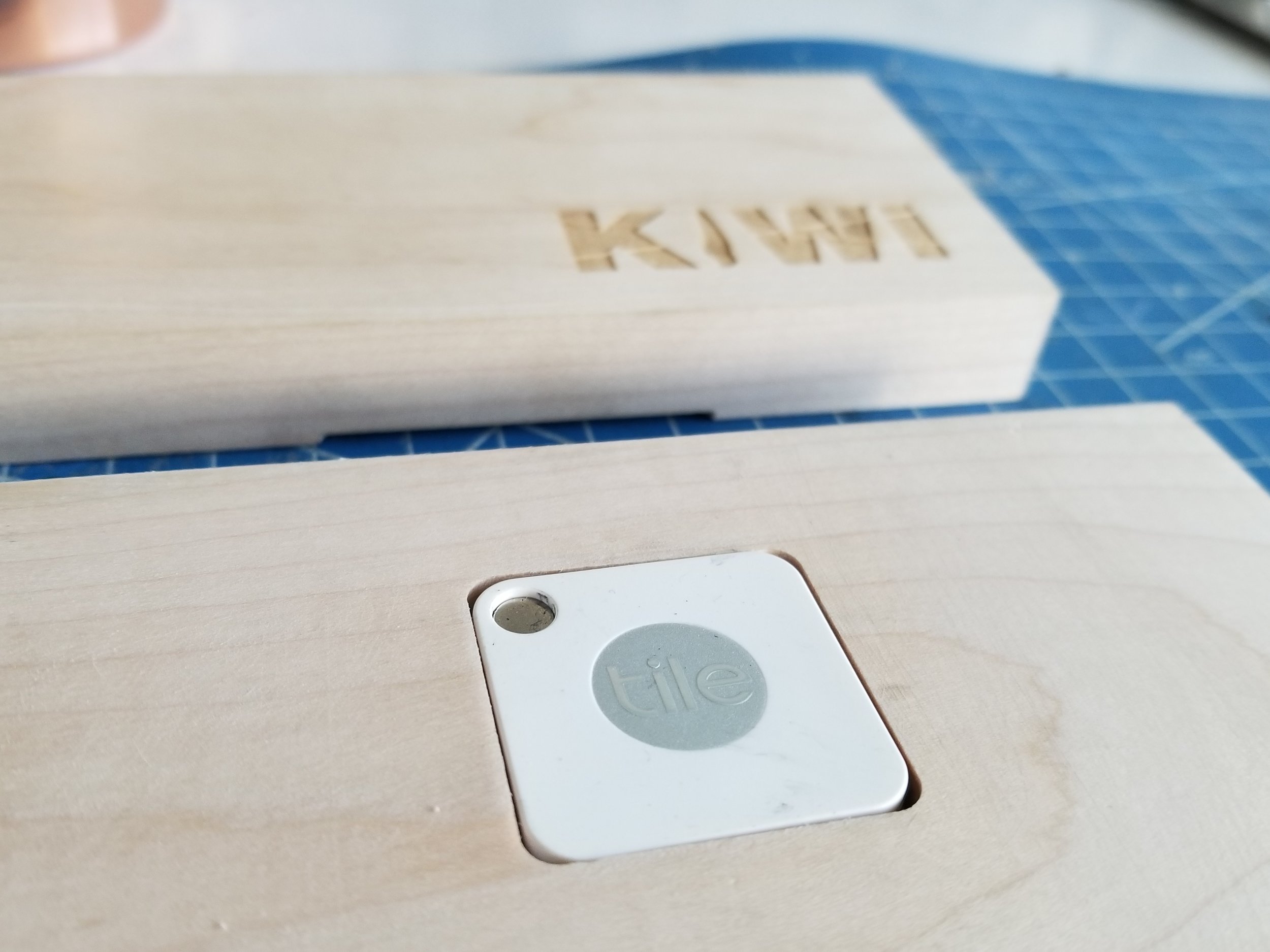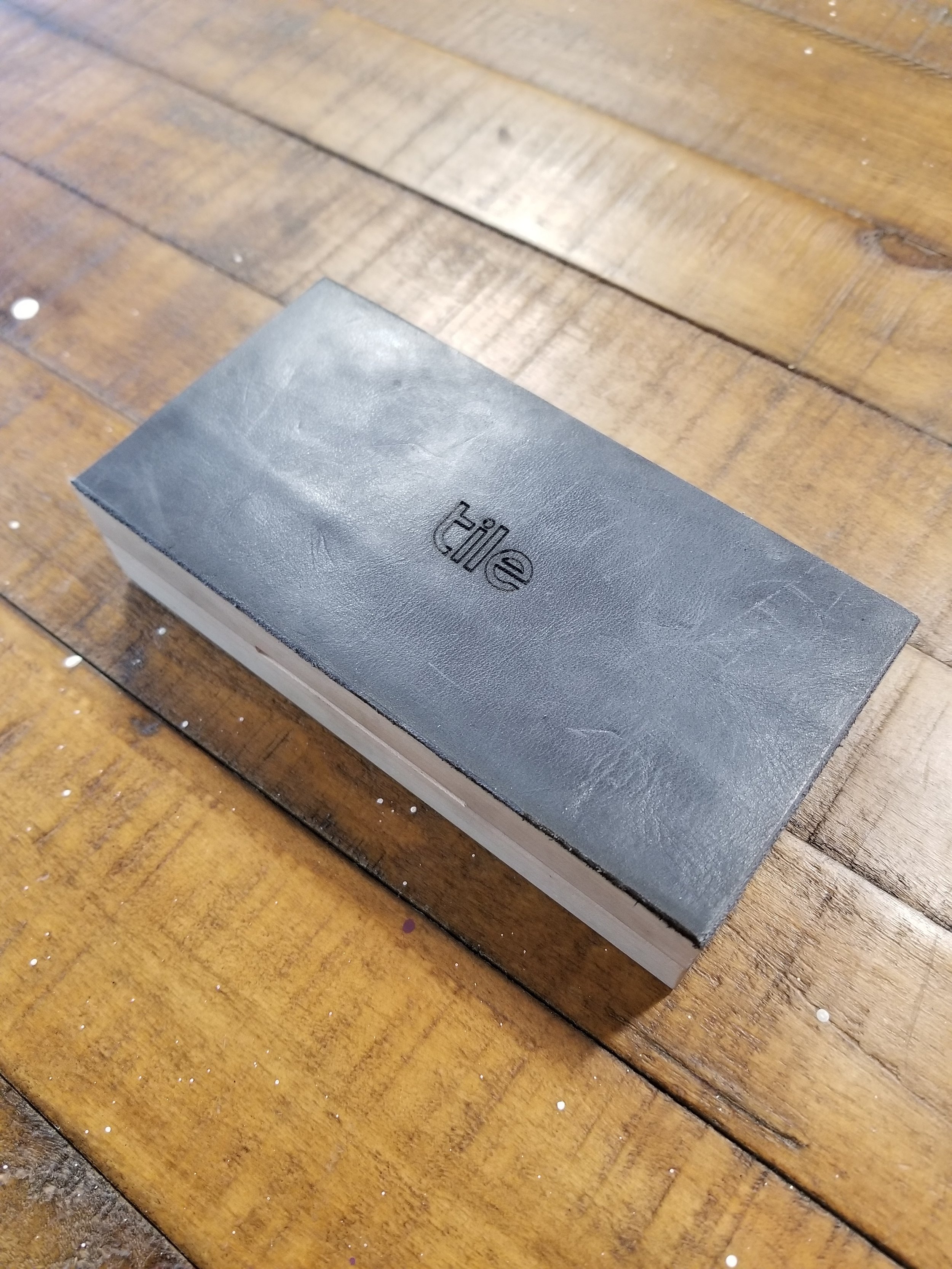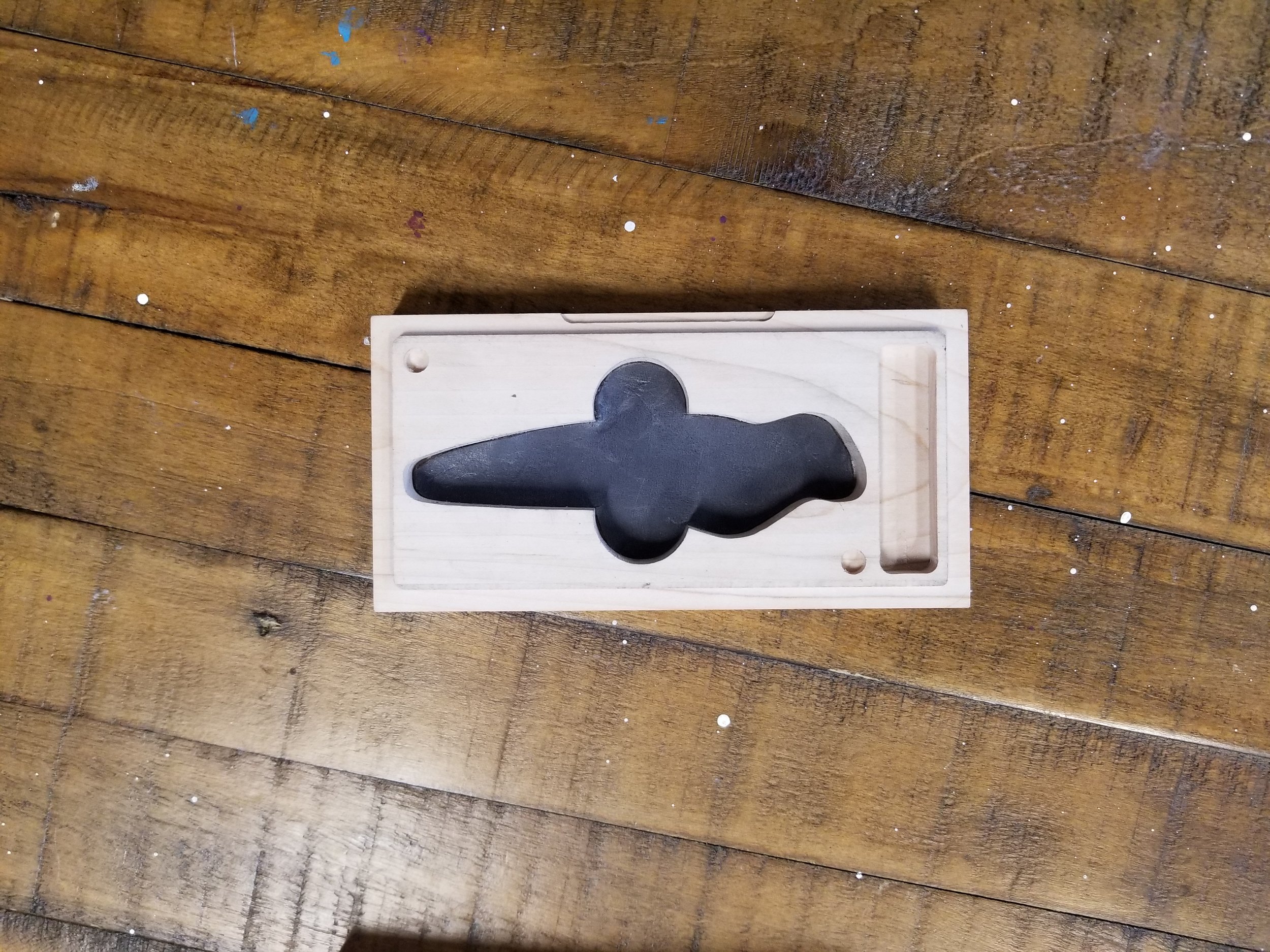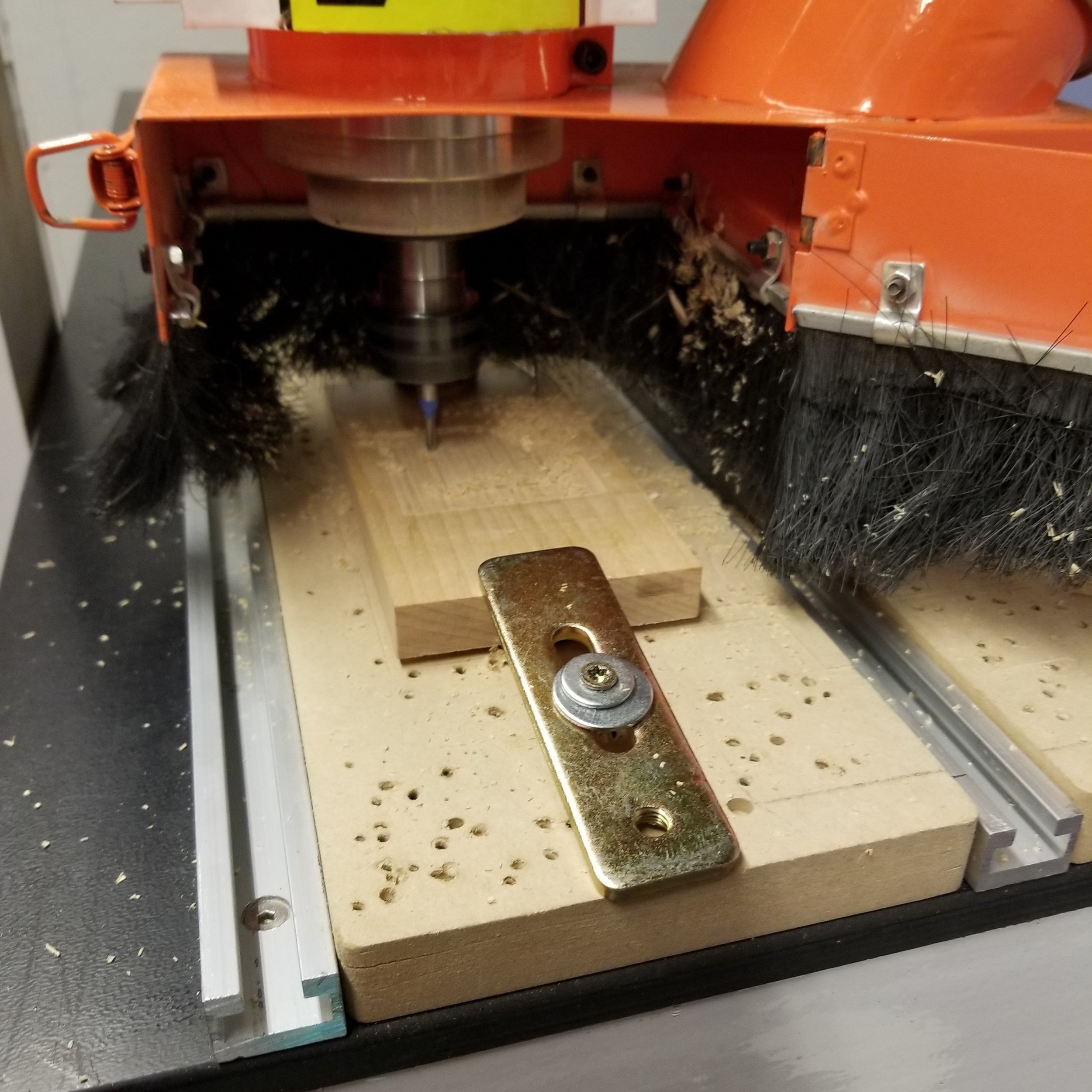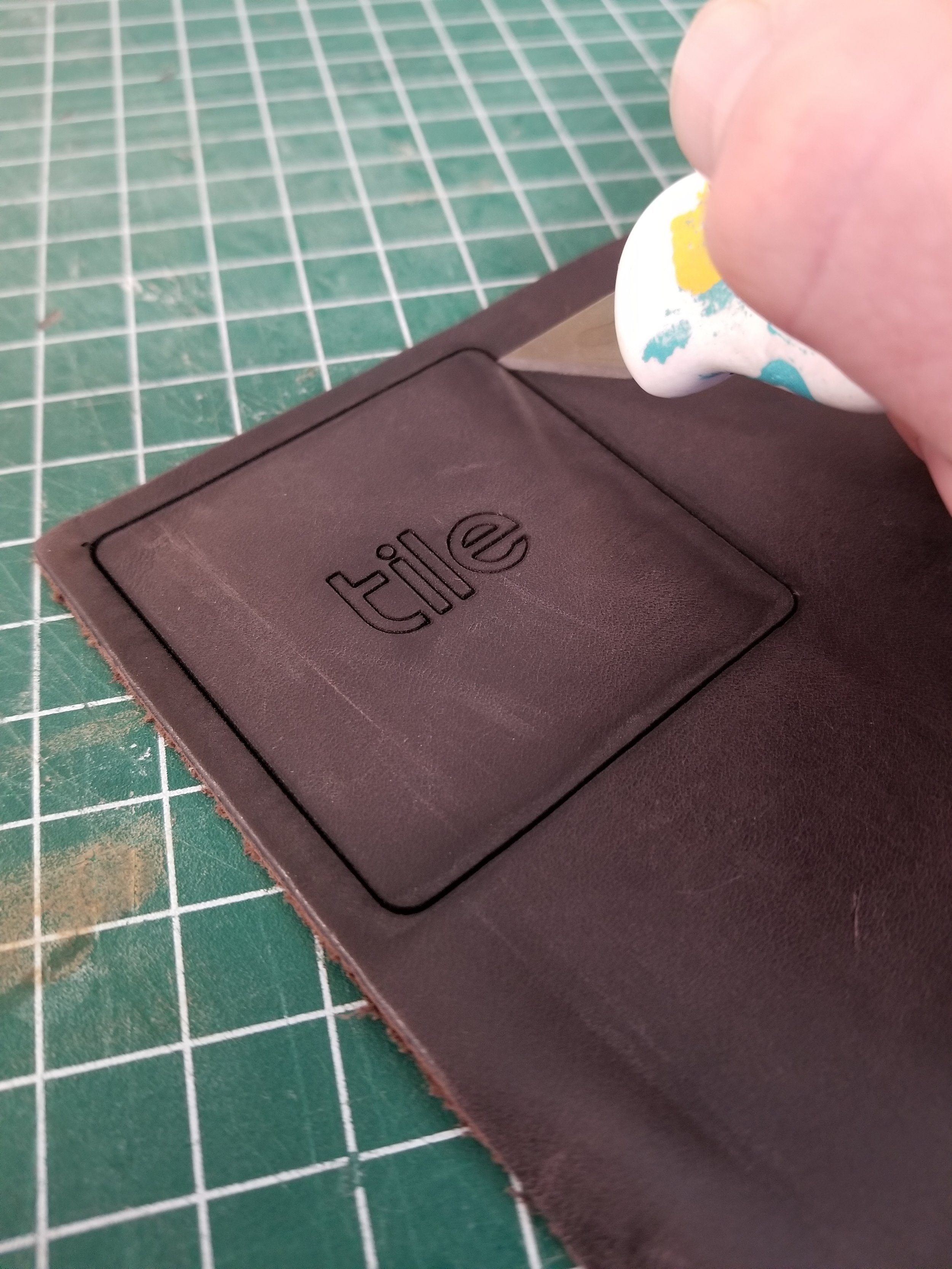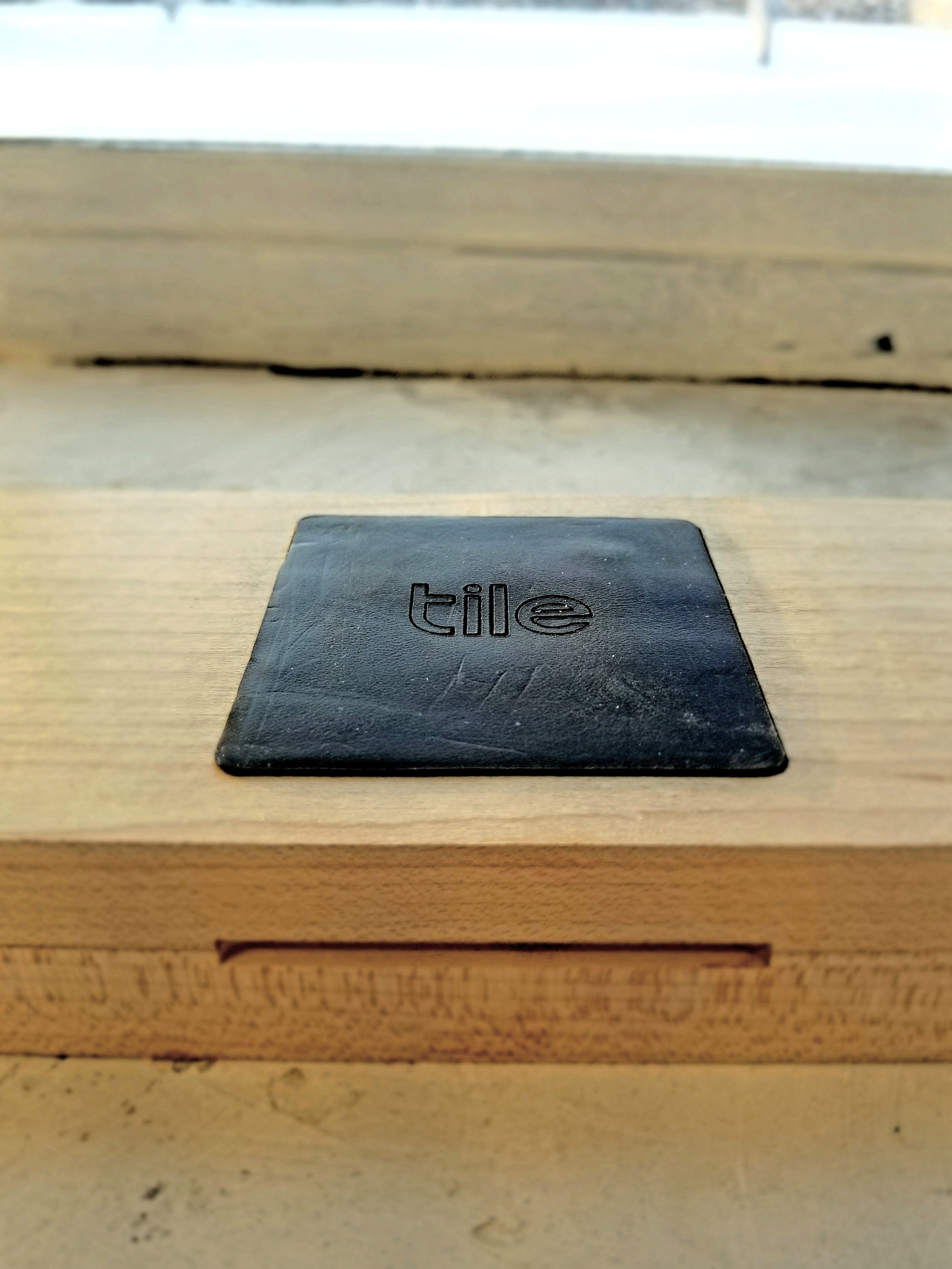TK- 002 Smart Carrier - Bluetooth Tracker (Part II)
Our tools are critical to our creativity. Our Craft is contingent on our ability to master them; they are a tangible extension of our hands. Throughout this chapter of the Test Kitchen, we have been trying to explore how a our tools can remain unchanged, while understanding how new technologies might improve the ways in which we perceive their applications. (For an intro to this project, check out our last post in Part I)
The Smart Kiwi Carrier
The Smart Kiwi Carrier has been one of our first accomplishments in this study. The original Kiwi Carrier has proven to be popular with our users because it’s a place to always keep your tool; plain and simple.
For this project we began to look at the functional characteristics of the Kiwi Carrier to see how it might induce new ideas. We began to think about the Carrier a sa fundamental form of storage, yet wherever our users go, so do their Kiwi Carriers. This characteristic made us start to think; how can we invisibly add Technology to keep you more organized?
One of the most common complaints we receive are from users who have left their Kiwi places. In the studio, or an art gallery, or even someplace at home! By integrating Bluetooth into an otherwise idle container, the Smart Kiwi Carrier can keep track of your things even when you forget to.
Starting Simple
The design requires a series of complex restraints:
1) To start, we’re using the Tile Tracker - By relying on existing technology, we’ll be constrained by an preexisting component. As it’s secure and offers it’s own app, it is the easiest way to explore the potential of Bluetooth. The Tile tracker has streamlined utilities, including a speaker and a button, both of which are critical to it’s function.
2) We must incorporate the User Interface of the Tile Tracker into an object- The hard part here is how do we incorporate buttons into a tool? How do we integrate digital interactivity into a physical product? In doing so, we sought to find tangible ways of understanding the difference between an object and the interactive.
The Kiwi Carrier was a perfect avenue to begin testing our thoughts; there’s lots of space to integrate ideas! To start, we began to think about how much the user might need to interact with the device. Ultimately, the Tile is only intended to be a necessity as soon as you need it. The goal is to never think about the Tile until you lose your things…. but when you do, the Tile becomes priceless.
Instead, we’ve begun to imagine how materials can imply function toward an otherwise static object.
Pulling It All Together
Finally, the Tile was fully functional within the Kiwi Carrier. The button was easily accessible, the speaker audible, and it was even possible to replace the battery if it ever died. A leather veneer is not only durable, but the tactile contrast makes it easier to imply use. So, we took these features and began to tackle aesthetic.
Such a simple tool can be invaluable asset. The primary comments I receive are from Kiwi owners who have lost their Kiwi. What if it were just this simple??
For this project, we focused on using the Tile Tracker because it is a product that does everything we hoped for. Put simply, we have used the Tile Tracker as if it were just an added component. Ultimately, I found this to be more of a tectonic study than a technological or design project, though we’re both very happy with the results.
In any case, the Smart Kiwi Carrier is a powerful way of keeping track of your things and we intend to make a limited number of the available in the near future. We’ll keep you posted once we’ve tested it more!
We would love to hear your thoughts about our projects!
The ErgoKiwi community is full of creative minds and we love to hear what you think!
We always take your considerations to heart and we genuinely love being able to inspire conversation with other designers. Please feel free to leave your comments below!



